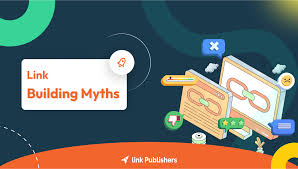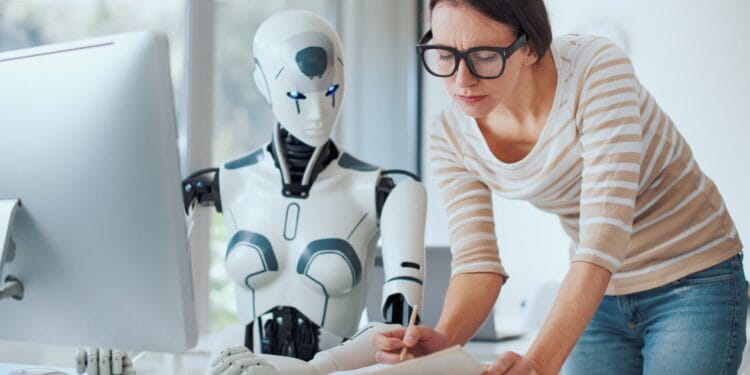From Pen to Pixel: The Dawn of Creative AI
Imagine sitting in front of a blank canvas, your mind brimming with ideas, yet your hands are shackled by repetitive tasks like tweaking colors, resizing shapes, or sketching endless drafts. That’s where Creative AI tools step in like a magician pulling rabbits out of hats—or, in this case, designs out of data.
These tools don’t assist designers; they act as co-creators, helping craft everything from cutting-edge architecture to avant-garde fashion and jaw-dropping graphics. They automate the mundane, tedious work that drains your soul, leaving you free to chase the spark of inspiration.
The Graphics Playground: Pixels with Panache
Designing graphics used to feel like weaving a tapestry—beautiful but painstakingly slow. With Creative AI tools, it’s more like having a digital loom that knows precisely which threads to pull. Need a color palette inspired by sunsets in Santorini? Done. Want a logo that screams “modern but approachable”? Easy-peasy.
These tools don’t generate visuals; they adapt to your unique style. It’s like having an assistant who finishes your sentences—except they’re finishing your sketches, refining your gradients, and adding shadows so subtle they’d make Da Vinci jealous.
Take tools like Adobe Sensei or Canvas AI-powered design features. They suggest layouts, balance compositions, and even recommend fonts. It’s like having a wise old mentor whispering, “Try a sans-serif here,” while you take all the credit.
Fashion Forward: When AI Meets the Runway
Fashion design has always been a game of intuition and flair, but it’s also riddled with repetitive tasks: pattern drafting, material testing, and trend forecasting. Enter Creative AI tools, strutting into the scene like models on a catwalk.
Tools like CLO 3D or Browzwear allow designers to create virtual garments that simulate real-world fabrics and movements. It’s like having a magic wardrobe where you can see your creations come to life without lifting a pair of scissors.
And let’s not forget the trend analysis. AI scrapes social media, runways, and your neighbor’s clothes to predict what’ll be hot next season. It’s part Sherlock Holmes, part Coco Chanel—a blend of precision and panache.
Blueprints in the Cloud: AI in Architecture
Architecture, the grand symphony of design and engineering, is no stranger to monotony. Drafting floor plans, calculating dimensions, testing materials—it’s as tedious as watching paint dry. But Creative AI tools are changing the game, turning architects into maestros with a mouse click.
Take tools like Grasshopper or Autodesk’s Generative Design. They don’t help architects create; they push the boundaries of what’s possible. Want a skyscraper inspired by the curves of a seashell? Or a bridge designed to mimic the roots of a tree? These tools generate ideas that would’ve taken months—or years—of manual brainstorming.
And they’re sustainable, too. AI analyzes sunlight, airflow, and material efficiency to design eco-friendly structures that look like they belong in a sci-fi movie.
Sweeping Away the Cobwebs: Automating the Mundane
Let’s face it: designers didn’t sign up for hours of resizing images, re-drafting patterns, or tweaking minute details. They signed up to create—to make magic. Creative AI tools are the broomsticks sweeping away these cobwebs of routine tasks, letting designers focus on the fireworks of innovation.
Take, for instance, the time-consuming task of rendering 3D models. What used to take days now takes minutes. AI tools handle the heavy lifting, crunching numbers, and pixels so fast you’d think they were caffeinated.
This automation isn’t about speed; it’s about sanity. It gives designers back their most valuable resource: time. It’s time to dream, experiment, and break the rules (because isn’t that what creativity is all about?).
Collaboration, Not Replacement
Here’s the thing: AI isn’t here to steal the designer’s job—it’s here to hold the flashlight while they carve out masterpieces. Creative AI tools are collaborators, not competitors. They handle the grunt work, but the soul of the design? That still comes from the human touch.
Think of AI as a sous chef in a bustling kitchen. It chops the onions, stirs the pot, and keeps the station clean, but the chef—the designer—is still the one crafting the menu and adding the secret sauce.
Bridging Gaps, Sparking Ideas
One of the most exciting things about Creative AI tools is how they democratize design. You don’t need to be a seasoned pro with a decade of experience to create something stunning. With AI, even a beginner can produce work that turns heads and drops jaws.
These tools also act as muses. Stuck on a project? Run a few prompts through an AI tool, and it’ll throw back ideas you’d never have considered. It’s like brainstorming with someone who has infinite patience and zero judgment.
Balancing the Scales: Creativity vs. Technology
Of course, there are skeptics. “Doesn’t AI make design too easy?” they ask, as if creativity should be a struggle. But here’s the thing: creativity isn’t about suffering; it’s about solving problems and telling stories.
AI doesn’t replace the creative process—it enhances it. Removing barriers and automating drudgery frees designers to focus on the big picture. It’s like giving a painter a wider brush or a writer a thesaurus.
The Ethical Canvas: Responsibility in Design
With great power comes great responsibility—or, in this case, great algorithms come with ethical dilemmas. Designers using Creative AI tools must recognize plagiarism, authenticity, and cultural sensitivity. Because an AI can generate a design, it doesn’t mean it should.
It’s up to the human behind the tool to ensure the work remains original, respectful, and meaningful. After all, art is about connection, and no algorithm can replicate the human touch that makes a design resonate.
The Horizon Ahead
The future of design is bright, and Creative AI tools are the guiding stars. These tools reshape industries, spark innovations, and break boundaries from graphics to fashion to architecture.
But the heart of design will always be human. AI can assist, enhance, and inspire, but the designer’s vision turns pixels into poetry, patterns into couture, and blueprints into landmarks.
So, as we embrace this new era, let’s remember that technology is a tool—not a replacement for creativity but a partner in its pursuit. With Creative AI tools, the possibilities are as endless as your imagination.







































